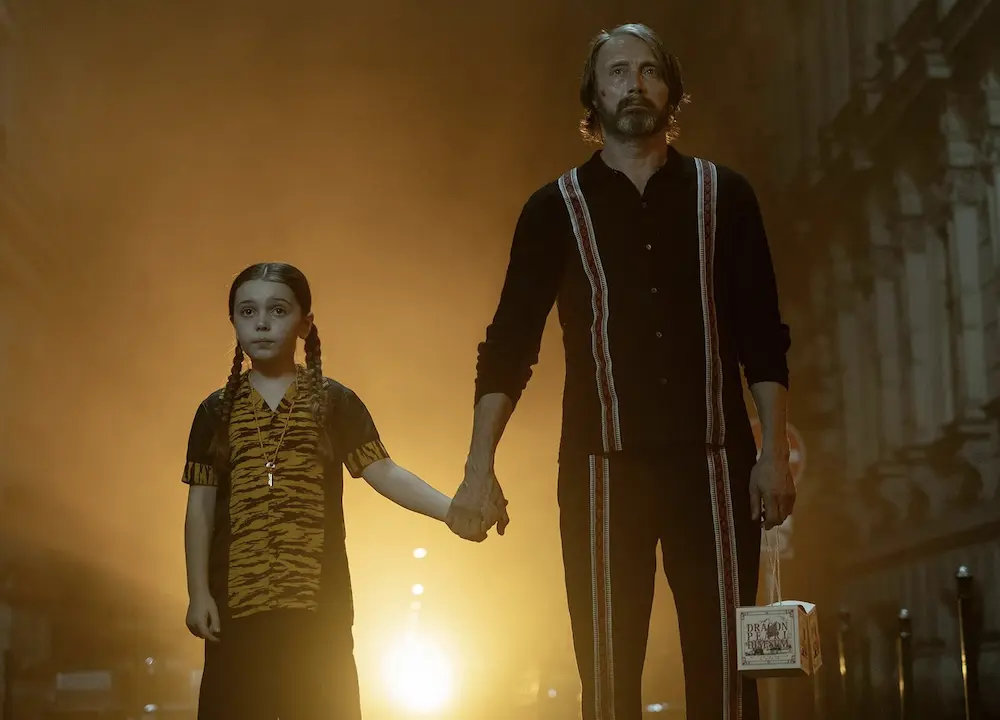As our cinematic director-elders move closer to the end of their lives, the big questions are starting to surface in their work. Clint Eastwood’s 2010 “Hereafter” explored the afterlife. Then came Terrence Malick in 2011 with “The Tree of Life.”
Popcorn and Inspiration: ‘The Tree of Life’: Putting Life’s Problems in Perspective
This ultrawide spectrum that ‘The Tree of Life’ has immediately and inherently generates some of the huge questions humans tend to ask.

Mark Jackson
Film Critic
|Updated:
Mark Jackson is the senior film critic for The Epoch Times and a Rotten Tomatoes-approved critic. Mark earned a bachelor's degree in philosophy from Williams College, followed by classical theater conservatory training, and has 20 years' experience as a New York professional actor. He narrated The Epoch Times audiobook "How the Specter of Communism Is Ruling Our World," available on iTunes, Audible, and YouTube. Mark is featured in the book "How to Be a Film Critic in Five Easy Lessons" by Christopher K. Brooks. In addition to films, he enjoys Harley-Davidsons, rock-climbing, qigong, martial arts, and human rights activism.
Author’s Selected Articles




